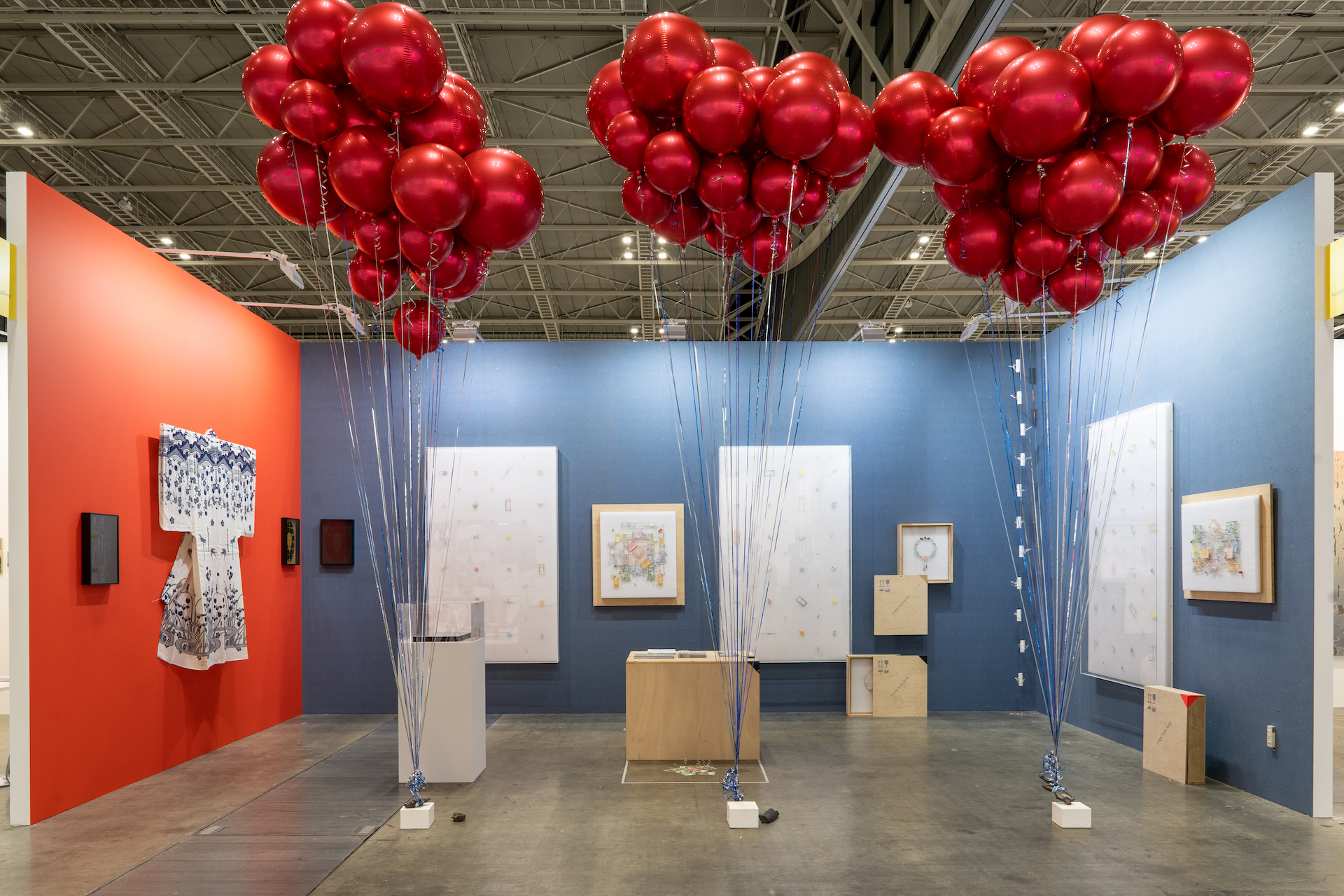Beyond Heterotopia: From This Place, Eighty Years On
August 21, 2025 (New York, NY) - GOCA by Garde, in collaboration with Koichi Yamamura Gallery, is proud to present the works of Yuken Teruya at TOKYO GENDAI 2025. Based between Okinawa and Berlin, Teruya creates witty yet critical installations that address themes such as Okinawan history, geopolitics, and consumerism. His works have been featured in major museums and international exhibitions worldwide, including the Guggenheim Museum and Centre Pompidou-Metz, earning him international acclaim.
This presentation seeks to re-examine the paradigms of postwar and contemporary art as they have developed over the past eighty years, while also proposing new intellectual values to be transmitted from Japan to Asia and the wider world. Consumption (the market) and culture (art) have often been in tension, yet they have continuously enriched the intellectual history of humankind. This exhibition aims to extend that dialogue into the future. Drawing on Michel Foucault’s concept of heterotopia, it reflects on the relationship between memory and space in Japanese society eighty years after the end of World War II.
Exhibition Concept
Eighty years after the war, the generation that bears living, bodily memory of conflict is rapidly disappearing. As survivors age, society faces the irreplaceable loss of firsthand, embodied experience, something that neither institutional archives nor accumulated media records can adequately substitute. The search for the “next storytellers,” capable of conveying this visceral knowledge, has become a pressing social challenge.
At the same time, war today is consumed from afar, observed in real time from safe distances, and at times even treated as if it were a strategic board game. In such a context, the immediate pain and death at the frontlines vanish beyond the media frame, disappearing unheard and unseen.
Foucault described heterotopia as “spaces that are real, yet operate under different rules.” Teruya’s work brings these alternative spaces and structures to the surface. Using materials charged with historical and systemic significance, such as Okinawan bingata textiles or Monopoly board games, he elegantly connects conflicting spaces, dislocating the familiar and revealing “another reality” that lies behind our everyday world. In doing so, the viewer becomes not only a witness but also a participant, experiencing this reality through the body.
Teruya’s art is never reducible to straightforward political messaging. Rather, his installations function as devices that guide viewers toward a temporary escape from institutionalized spaces. His combination of abstract beauty with raw, urgent expression is uniquely his own, weaving together layers of culture and history, from Okinawa and Japan to the United States, from the local to the global. His work persistently questions our “present location.”
In this exhibition, key works from Teruya’s signature series will be on view. Keshikafu, based on the Okinawan dyeing tradition of bingata, juxtaposes traditional motifs of cherry blossoms and clouds with stealth fighter jets and swallows, alluding to the enduring presence of U.S. military bases in Okinawa. These works, visually refined yet politically charged, embody Teruya’s meditations on freedom and sovereignty across four centuries of history.
In his Monopoly series, Teruya uses toy banknotes to dismantle values, religion, beauty, history, that cannot be measured in monetary terms. Symbols of power and wealth, from the Metropolitan Museum of Art to the Louvre and the Union Jack, are humorously yet disturbingly defamiliarized.
Through these works, Teruya crystallizes a rare artistic practice: one that brings contemporary heterotopias into sharp relief and that possesses testimonial value for the future.

